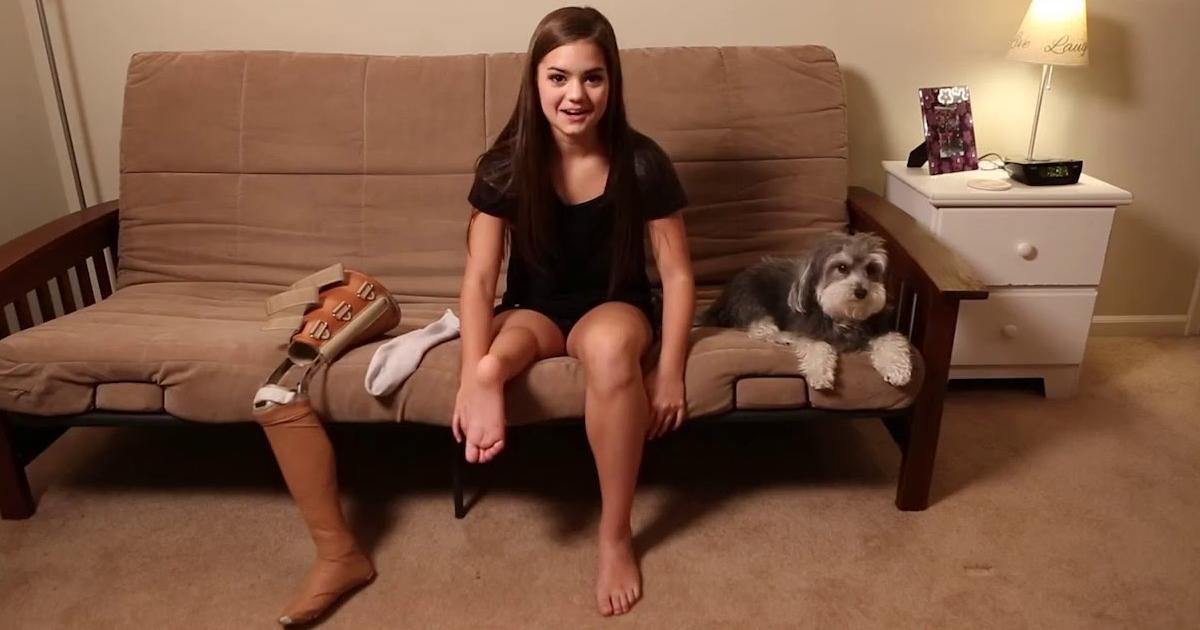How To Treat Osteosarcoma
Limb-Sparing Surgery

Limb-sparing surgery is a type of procedure where the cancerous cells and surrounding tissues are removed from the limbs while keeping them intact. The decision between full amputation and limb-sparing surgery depends on the location of the tumor, the degree of metastasis, and how large it is. This type of surgery is a complicated procedure involving removing cancerous cells while preserving the neighboring tendons, blood vessels, and nerves. The goal is to keep as much of the limb's appearance and function as possible, but also successfully remove the malignant mass.
When osteosarcoma is removed, the section of bone around it must be removed as well. The excised part of the bone is replaced with an internal prosthesis or a bone graft. In some cases, the bone is replaced with a combination of a bone graft and internal prosthesis. Most patients who have limb-sparing surgery to treat osteosarcoma will need more surgical procedures in the long term to replace the prosthesis as bones grow or as the prosthesis naturally wears down.
Rotationplasty

Rotationplasty is a type of surgical procedure used to treat malignancies that occur in the bones of or around the knee joint. Without this type of specialized surgery, the patient with osteosarcoma in this region would need a full leg amputation to eradicate the tumor entirely. With a rotationplasty, the patient ends up with a knee joint and is only missing the lower leg and ankle. This mechanism allows the patient to use a partial prosthetic leg rather than a full prosthetic leg. This mechanism is accomplished by removing the end of the femur closest to the knee joint, the knee joint itself, and the top part of the tibia.
The remaining long portion of the tibia, the attached ankle joint, and foot are then use to make a knee joint. The tibia is attached to the femur bone facing in the opposite direction, so the foot is pointed backward instead of forward. The patient is then able to undergo physical therapy with specialized equipment to learn how to use the rotated ankle and foot as a knee joint. The patient essentially ends up with a below-the-knee amputation allowing for more mobility and control than a full leg amputation.
